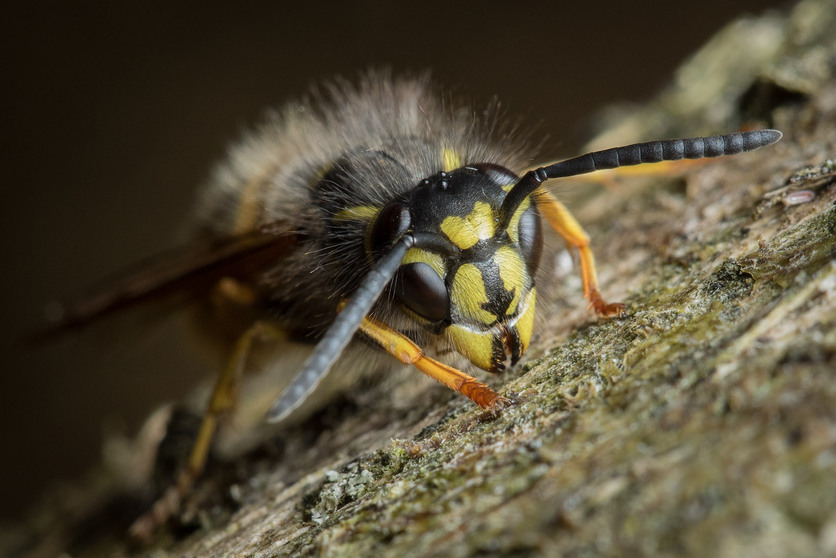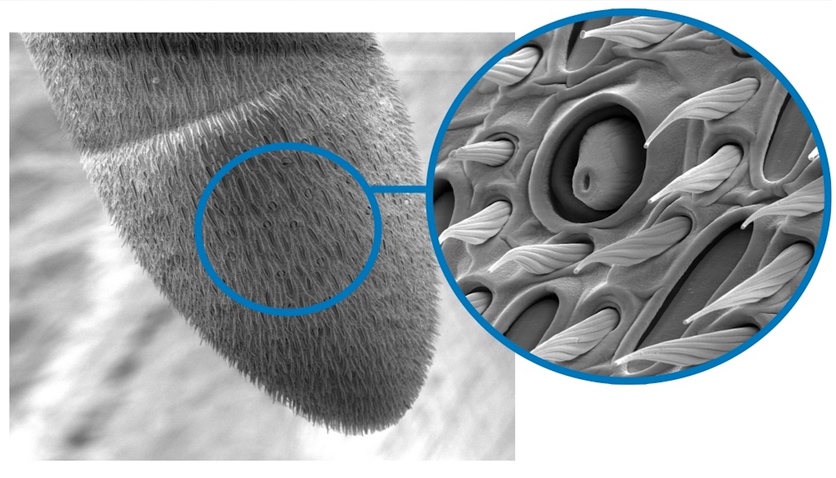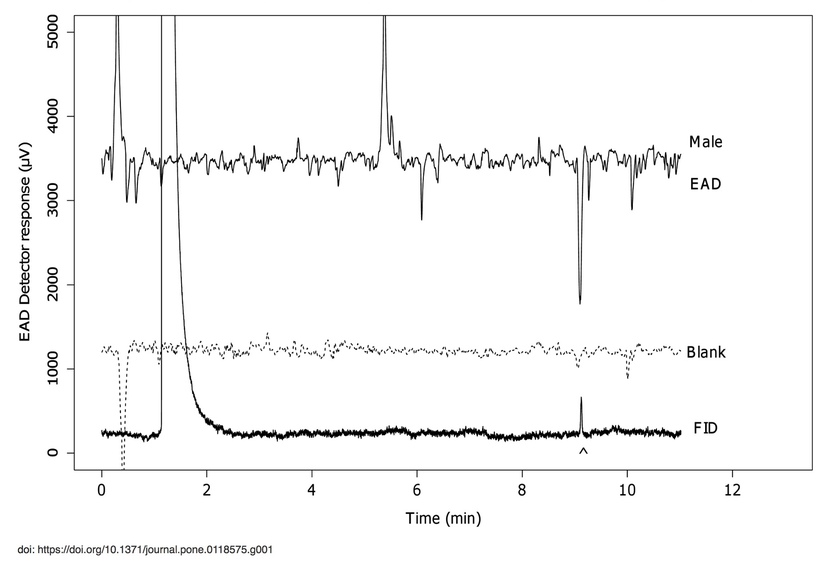Imagine being able to smell your dinner from the other side of a sports field. Insects do this with the pair of antennae on their heads. But insects don’t only use their antennae to smell. They can also use them to feel the surface of an object, sense hot and cold, listen to sounds or detect the movement of air or wind.
Antenna anatomy
All insect antennae have three basic parts:
- The scape is the first segment and is attached to the head of the insect inside a socket. This socket allows the insect to move and rotate the antenna easily.
- The next segment is the pedicel. It contains muscle connections allowing the insect greater control over antennal movement.
- The rest of the antenna is called the flagellum and is made up of many flagellomeres. These are small segments containing many specialised sensory cells.
How insects smell
Insect antennae contain special cells for detecting odours called olfactory sensilla. When an odour molecule makes contact with an olfactory sensillum tuned to recognise that odour, an electrical impulse is sent to the insect’s brain. This is similar to what happens inside our noses when we smell something, but insects can detect odours at much smaller concentrations than what we can. Because antennae are paired, insects are able to smell in stereo – they can use the tiny difference in odour concentration between each antenna to figure out the direction of the odour source.
Studying insect smell
Scientists use specialised equipment to show which individual chemical compounds are detected by an insect’s antennae. This is useful when developing ways to manage pests without using pesticides. For example, some moths are pests because their larvae eat crops, but if scientists know which compound the male and female moths use to attract a mate (a sex pheromone), they can put some of that compound into traps and lure the moths away from the crops.
In order to understand which compounds may be attractive or repulsive to an insect, a procedure called coupled gas chromatography-electroantennographic detection (GC-EAD) is used. This technique measures the change in voltage inside an insect antenna when an insect smells something it recognises.
GC-EAD can be used to find out which compound a moth is using as its sex pheromone:
- The contents of a sex pheromone gland inside a dead female moth are syringed out. This mixture is likely to contain the sex pheromone emitted by the moth to attract males.
- A male moth is stunned with CO2, and one of his antennae is removed. This antenna is placed between two electrodes covered in conductive gel.
- The extract from the female moth is injected into the gas chromatograph machine. The extract is slowly heated, causing each individual compound to leave the machine at a different time.
- As each compound leaves the machine, it passes over the male moth antenna. If the compound is something the moth can smell, it causes a change in voltage – indicating a response.
This process is repeated a number of times, and results should identify the strongest responses or responses to very low concentrations of certain compounds. Then scientists might carry out behavioural tests to see which of these compounds cause male moths to fly towards female moths. These kind of results can be used to develop pheromone lures to trap lots of moths or to disrupt mating at certain times of the year.
Related content
See another article by Tom Saunders – Parasitoid wasp life cycle.
Useful link
Visit our We love bugs Pinterest board with links to resources and community activities.
Acknowledgement
This article was written by Tom Saunders.




